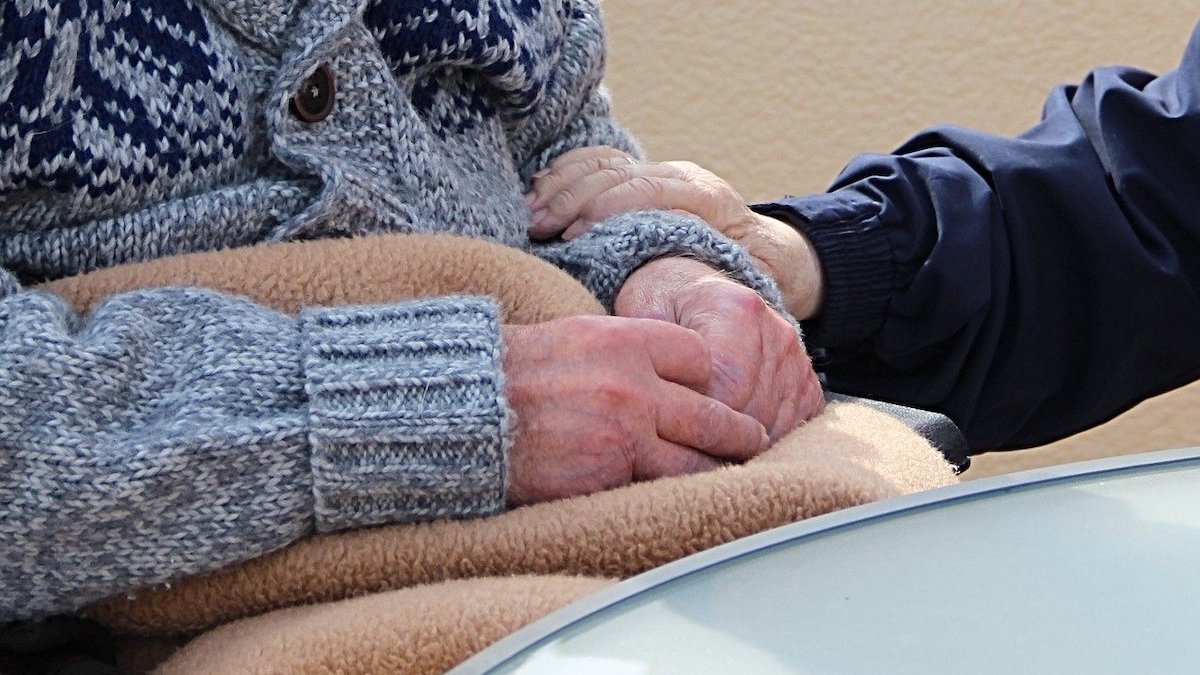Pixabay
Pixabay
With the most recent deaths associated with COVID-19 in the State of Minnesota, long-term care facilities within the state have proven to be the most vulnerable amid the quickly growing pandemic.
Long-term care facility refers to a facility that is not a hospital but provides care to residents beyond custodial care, which includes nursing homes, residential care facilities, intermediate care facilities and nursing facilities.
Around 113 Minnesota residents who were confirmed to have died from the coronavirus were connected to long-term care facilities, Kris Ehresmann, the infectious disease director at the Minnesota Department of Health, told the Elk River Star News. Over a dozen of the state’s reported coronavirus related deaths have been among residents of long-term care facilities. Earlier in the month, residents of three nursing homes were evacuated after many of the staffers got sick.
According to the Minnesota Department of Health, there are 285 coronavirus cases requiring hospitalization in the state. Currently, 115 of the patients hospitalized due to the coronavirus in Minnesota are being treated in the intensive care unit.
With people who may have potentially been exposed to the virus possibly not showing symptoms for up to 48 hours, this poses the threat of workers in these facilities potentially spreading the disease to their residents, especially working in close quarters. This is something that can potentially lead to the virus spreading more quickly among long-term care facilities.
According to Michelle Larson, the Regulation Division Director for the Minnesota Department of Health, the state’s Emergency Operations Center can step in whenever a facility gets overwhelmed, lining up staffers from elsewhere and drawing resources from local agencies.
"It’s our goal to get in front of these vulnerable facilities proactively, so that we have a better idea of who can help, where, with fast-moving outbreaks in long term-care facilities,” Larson told the Elk River Star News.





 Alerts Sign-up
Alerts Sign-up